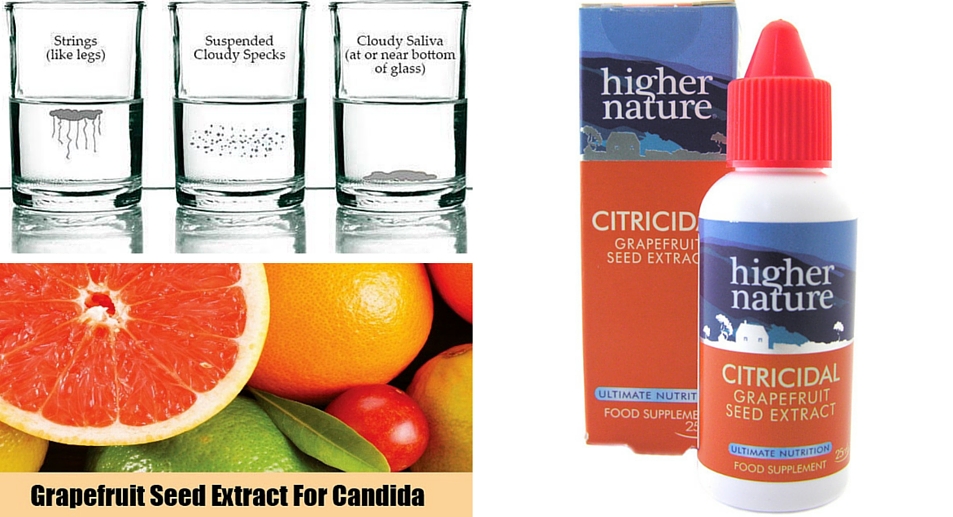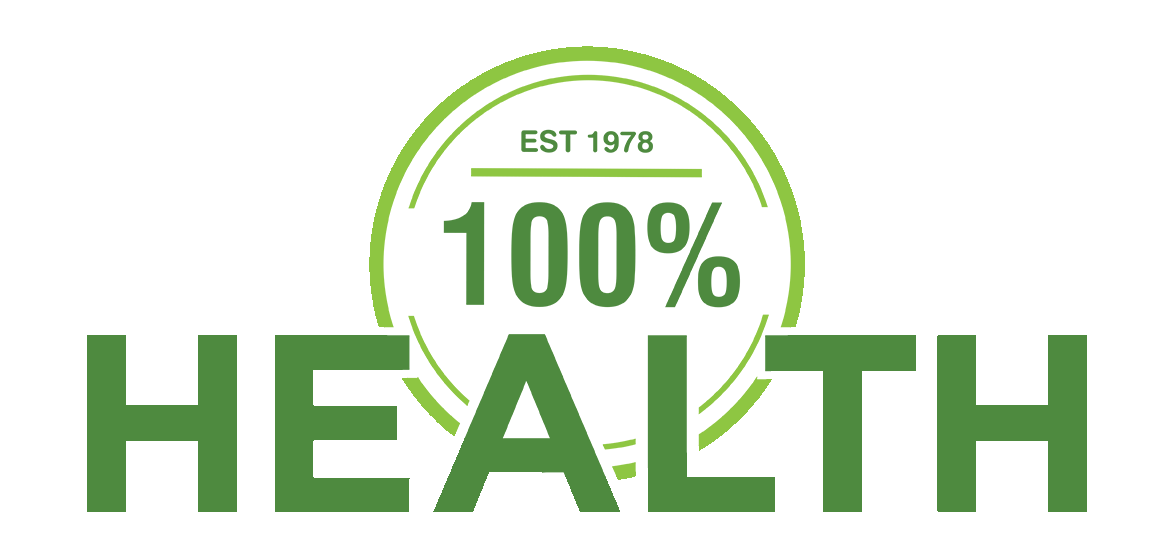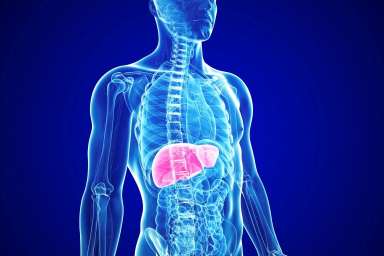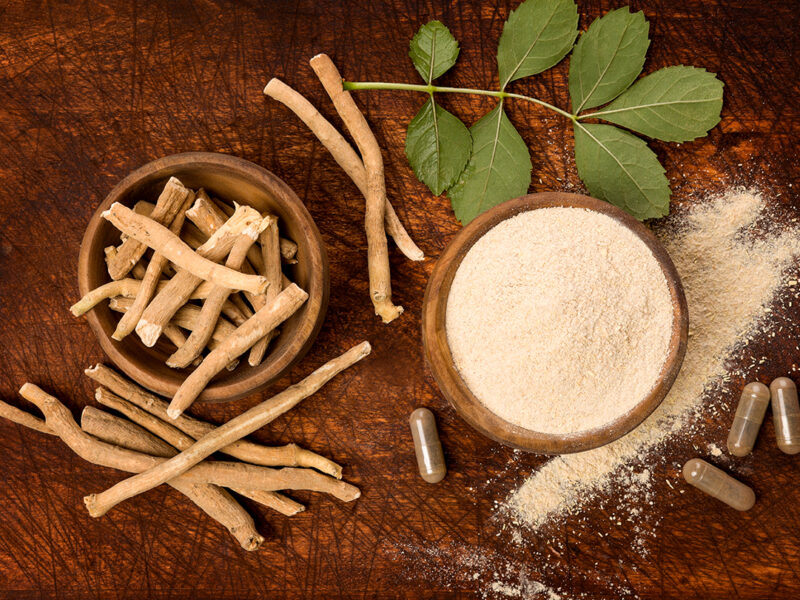
Do You Have a Yeast (Candida) Overgrowth?
Liz Sheehan, our Nutritional Therapist, explains an easy way to find out:
1. First thing in the morning before you do anything else, spit (gather as much saliva as you can) into a glass of water. (Take a glass of water up to bed with you).
2. Leave for 15 minutes.
3. If your saliva floats it’s yeast free.
4. If it grows ‘legs’, makes the water go cloudy or sinks to the bottom you have a yeast overgrowth.
5. Book in with me to learn how to fix it!
General Symptoms
– Chronic fatigue
– Loss of energy
– General malaise
– Decreased libido
– Inability to concentrate
– Brain fog
– Irritability
Gastrointestinal Symptoms
– Bloating and gas
– Cramps
– Itching in anal region
– Diarrhea or constipation
Urinary Symptoms
– Yeast infections
– Frequent bladder infections
– Irritable bladder (also known as interstitial cystitis)
Immune System Complaints
– Allergies
– Sensitivities to certain foods or chemicals
– Low immune function
Past History Of
– Chronic yeast infections
– Chronic antibiotic use for infections or acne
– Using oral birth control pills or steroids
– Irritable bowel syndrome
– Eczema or psoriasis
Other Symptoms or Conditions
– Menstrual irregularities like pain, bleeding, etc.
– Depression
– Thyroid dysfunction
– Craving for foods rich in carbohydrates, sugar or yeast
– Toenail fungus
Yeast infections affect people differently. That’s why this list of symptoms is very broad and can mimic symptoms associated with other conditions. If you are experiencing more than one of these symptoms, you should take the test. You also need to cut out foods such as sugar, yeast (breads, marmite, stock cubes etc) and yeasty foods like vinegars, alcohol, dried fruit, fermented foods (sauerkraut, kombucha etc) and mushrooms.
Our Higher Nature’s Citricidal Grapefruit See Extract is a good way and a good start to help rid candida in your body.




